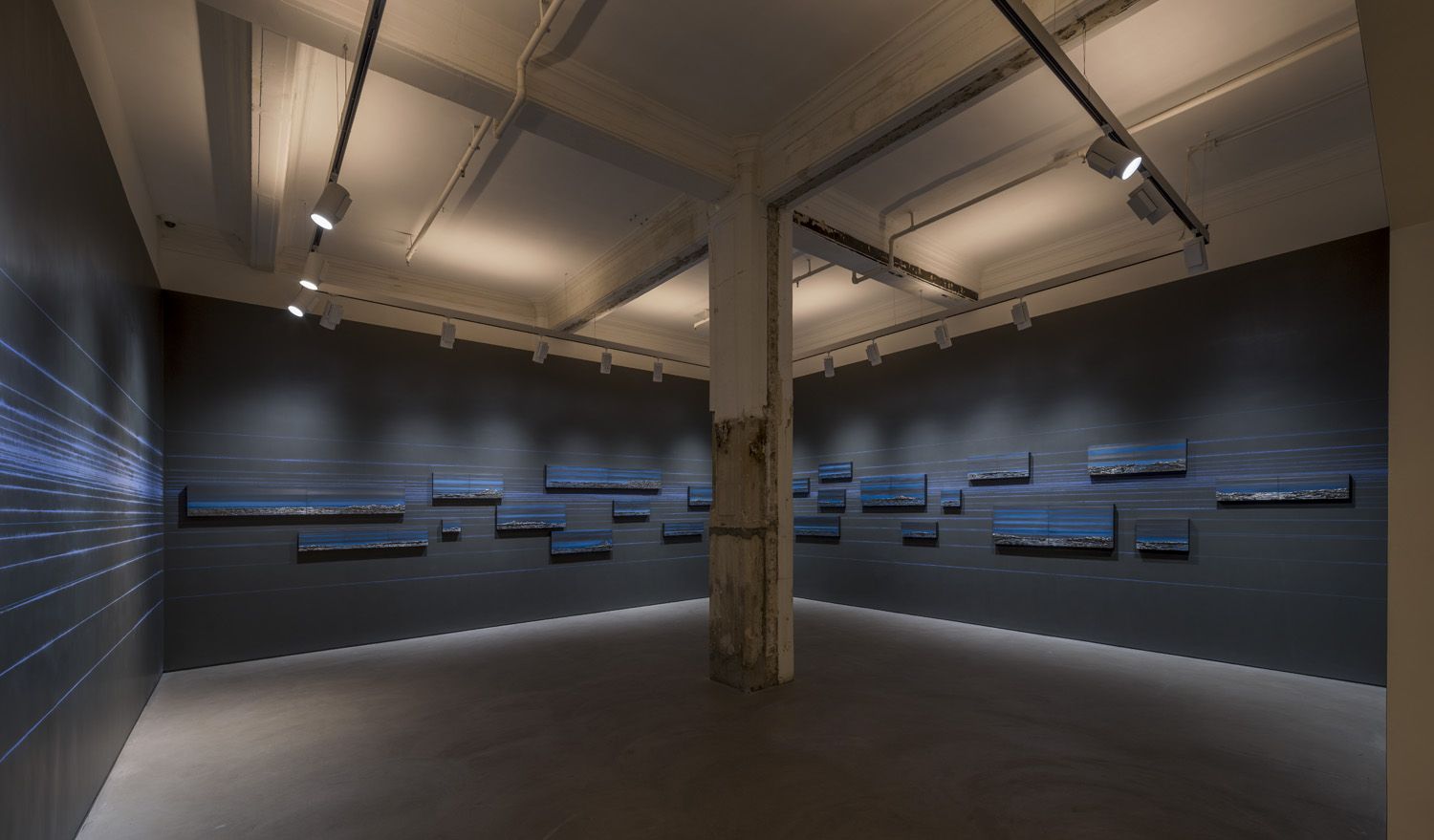Miami-born, New York-based artist Teresita Fernández reveals how traditional Chinese scroll paintings inspired her latest works
Size matters to Teresita Fernández. The American artist is most famous for her large-scale sculptures that dwarf viewers, soaring over their heads or stretching out of sight through cavernous museum halls. As well as being physically imposing, these works explore big ideas about the environment, history and the wonders of the natural world.
See also: Art Talk: Donald Martiny Proves There's Power Behind Every Brushstroke

It’s hard to convey a sense of scale in Hong Kong’s pint-sized galleries but, against the odds, Fernández has done it. In her latest exhibition, Rise and Fall, Fernández has transformed Lehmann Maupin’s Hong Kong gallery into an immersive installation, combining 24 individual works into one immense piece that completely surrounds visitors.
Following the exhibition opening, Fernández sat down with us to discuss the title of the exhibition, the inspiration behind her new works and her experiences serving on Barack Obama’s US Commission of Fine Arts.


